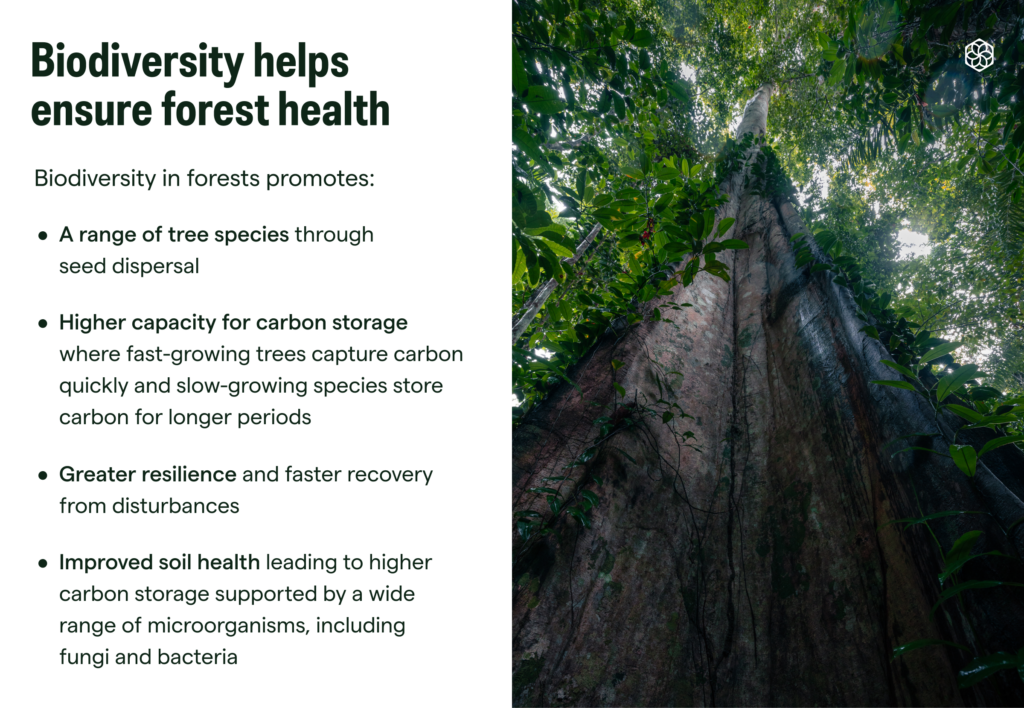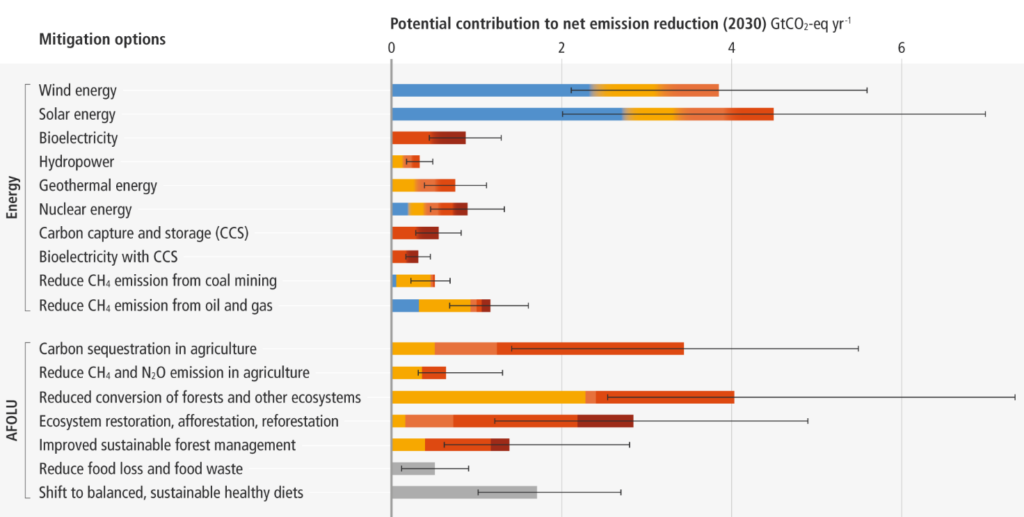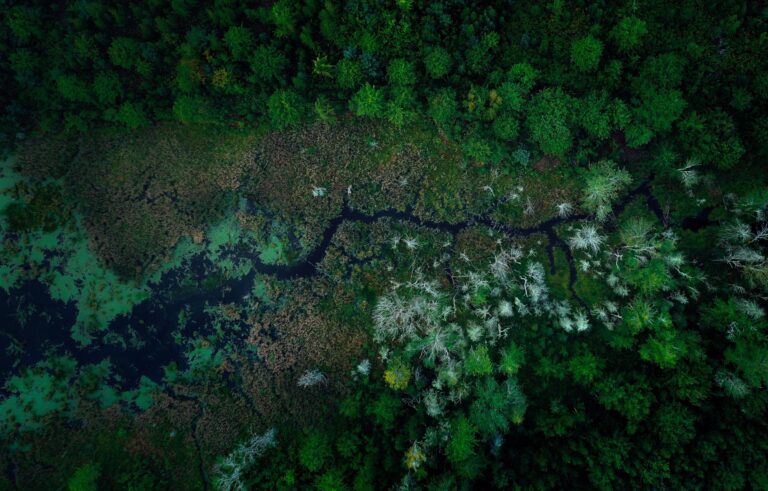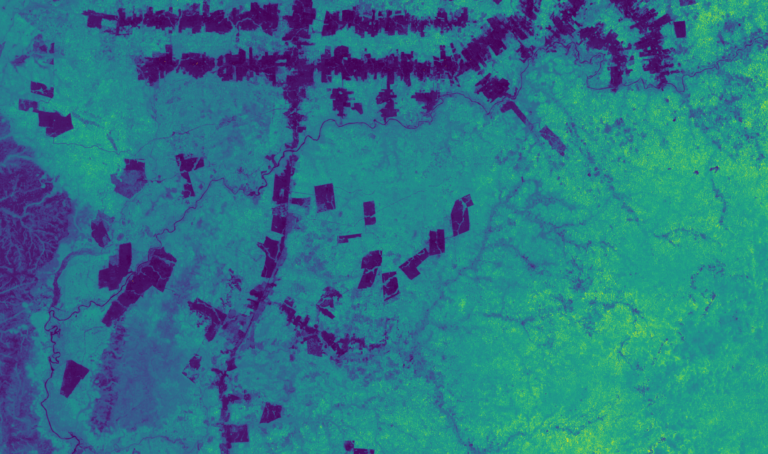When considering forests as a carbon removal solution, some may quickly conclude that trees, the core component of forests, are a flawed technology.
After all, while some trees can last thousands of years, the argument goes, most trees live up to 100 years before dying and releasing stored carbon back into the atmosphere. If we’re to create a permanent solution to climate change, aren’t trees a stopgap measure?
To answer this question, we need to, ahem, see the forest through the trees.
While trees may be temporary, forests stand the test of time
Forests have been extracting and storing carbon dioxide from the atmosphere for millennia. The regenerative nature of forest ecosystems allows carbon to be recycled through plant growth and development.
The Amazon rainforest, for example, is approximately 55 million years old. The Congo Basin is estimated to be around 100 million years old. Though their trees grow and die, the forest ecosystem, when left alone, continues to draw additional carbon dioxide out of the atmosphere.
Speaking to this point, the CEO of Terraformation, Yishan Wong eloquently states, “While trees alone don’t necessarily offer a durable carbon drawdown solution, forests do.”
As Wong notes, only a small portion of their carbon is released back into the atmosphere when trees die. Instead, carbon returns to the earth when their fallen trunks feed the soil and the microbial ecosystems that help make forests thrive. Their seeds give way to new trees, and their absence allows sunlight to breach the forest canopy and nurture saplings.
Biodiversity increases a forest’s ability to store carbon dioxide
As a recent study in the journal Nature points out, when multiple species of animals thrive in an ecosystem and are allowed to forage, burrow, and trample, they increase the ecosystem’s ability to sequester carbon dioxide by 250%. Biodiversity not only benefits from healthy forests, but also contributes to the forest’s ability to sequester carbon dioxide.

Unlike many of the other carbon removal solutions, forests are ready to scale today at a relatively low cost, and it’s clear that the right conditions can exist for forests to be harnessed at their full potential.
Carbon removal at gigaton scale
According to the IPCC, of all the solutions available today to reduce net emissions by 2030, “reduced conversion of forests and other ecosystems” ranks second only to solar energy.
Combined with ecosystem restoration, afforestation, reforestation, and improved sustainable forest management, forest carbon can potentially remove nearly eight gigatons of carbon dioxide per year (GtO2-eq) from the atmosphere.

Theoretically, the world can bring about massive reforestation without encroaching on agricultural land. A recent study calculated that almost a billion hectares of degraded land worldwide is unsuitable for agriculture that, if restored through tree planting, could remove over 200 gigatons of carbon dioxide at maturity. This is the equivalent of 2/3rds of carbon emissions released into the atmosphere since the Industrial Revolution.
What’s more, according to research undertaken by the United Nations, the planet may have achieved peak pasture, meaning the amount of land dedicated to animal grazing is decreasing, primarily due to productivity gains.
Even with these conditions, our potential to extract maximum impact from forest carbon activities is still limited by the price buyers are willing to pay for credits. To achieve planetary stabilization through forest carbon activities, we must price forest carbon credits correctly to incentivize conservation and reforestation as competitive land uses. Learn more about what Pachama believes reforestation carbon credits should cost here.
Ready to learn more?
Get in touch with our team to learn how we can help you invest in tech-verified projects or start your own project from the ground up.






